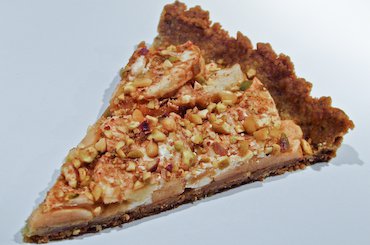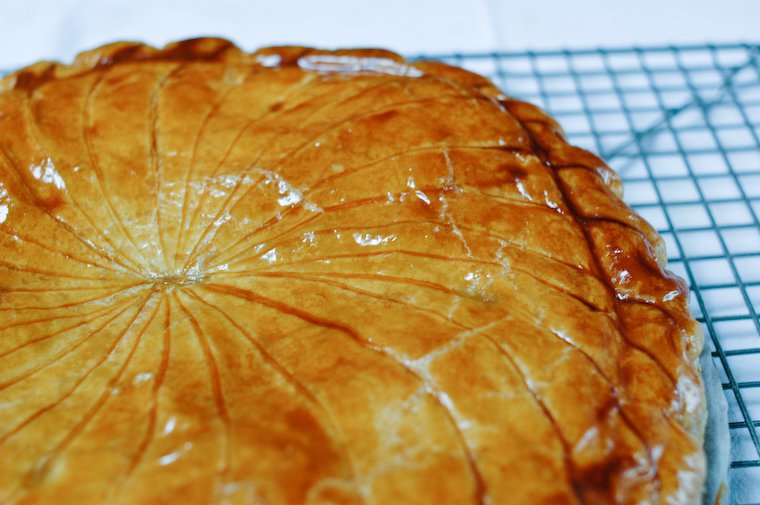
When I step into a boulangerie, or admittedly when I simply walk by one, I always give the bread shelves a quick once-over, to see if anything looks particularly good and/or unusual. It is sometimes a bit of a challenge to glance behind the boulangère, her counter, and the other customers (some of whom seem to think I’m trying to skip the line and keep a hawklike eye on me), but I have years of training behind me, so I’ve had time to refine the technique.
What I am most specifically on the lookout for are pains spéciaux (specialty breads), these loaves of bread that involve alternate kinds of flour and possibly little nuggets of goodies — dried fruits, nuts, olives, herbs, chocolate, anything small and tasty. The sweet ones make for a fabulous breakfast, the savory ones are perfect with a matching salad or soup.
Just the other day, in a boulangerie not far from my office (where they sell really good sandwiches), I spotted this loaf of bread, the label of which read “Norlander”. I had never seen any bread go by that name, and the attendant explained that it was a German-inspired rye bread with sunflower seeds and nuts. They had a plain version, and one with raisins and candied orange rind. (Need I tell you which one I picked?)
I’m happy to report that it tastes as good as it sounded, and Mr Norlander has been a faithful breakfast companion for the past week — cut in thin slices, toasted and spread with butter or jam. Of particular note are those deep ridges all along the loaf, which account for the pretty shape of the slices. And of course, as one might expect, said slices taste best along that crispy crinkled edge…







